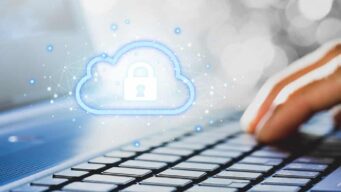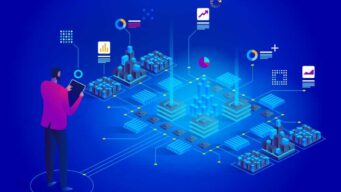Many organizations continue to hold onto legacy applications and systems for compliance and regulatory reasons. But they find it expensive and technically burdensome to maintain these. While they could archive ageing applications and systems, decommissioning the data can be complex.
A typical IT environment contains legacy systems with many applications and large volumes of data. These can include applications that were inherited through mergers or acquisitions, applications that have been superseded by new solutions or applications that are marked for modernization. As business applications reach the end of their lifecycle, they are typically superseded by others with more advanced functionality, better integration or more modern user interfaces. However, older systems often support critical business processes and contain sensitive business data that has not been migrated to newer applications.
Several factors drive the decommissioning of legacy applications: modernization and IT rationalization, data center consolidation, and cloud conversion projects to support today’s remote work environment. It’s essential that systems meet the needs of a distributed and modern workforce.
While businesses don’t invest heavily in legacy applications, they do get value from them. This means these applications must be maintained and supported to ensure access to data and information. Maintenance is frequently also necessary to meet audit, legacy discovery or regulatory requirements. The problem is that these applications are often no longer supported by the vendor or are on legacy infrastructure and require specialized knowledge to maintain. As a result, they are expensive to retain and can pose a risk to the organization.
The main challenge of any successful migration project is to address these concerns. During a migration, organizations also need to consider reasonable costs and durations. Whatever they decide on, the solution must provide confidence. And it needs to be able to manage the invisible complexity of legacy systems by providing reliable, efficient tools that support recognized archiving standards. Data validation between source and target systems is also essential. It’s vital to provide a chain of custody that proves archive completeness and offers a robust, compliant solution that supports your business users.
Modernizing your legacy systems is not about implementing new siloed replacement technologies. It requires a change in legacy thinking. Digital transformation is a mindset, and that’s a shift that needs to take place within your organization.
OpenText™ provides digital transformation for application decommissioning with the use of robust ELT (extract, load, transform) tools that can lift and shift both structured and unstructured legacy data into OpenText™ InfoArchive. InfoArchive is a modern archive solution and cloud-based service that supports compliant archiving of both structured and unstructured information in a way that is highly accessible, scalable and economical. Read about it or contact OpenText to learn more.




